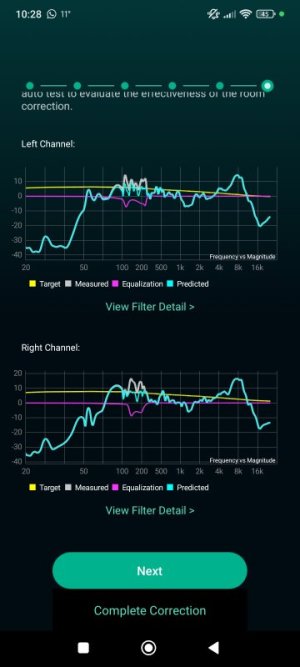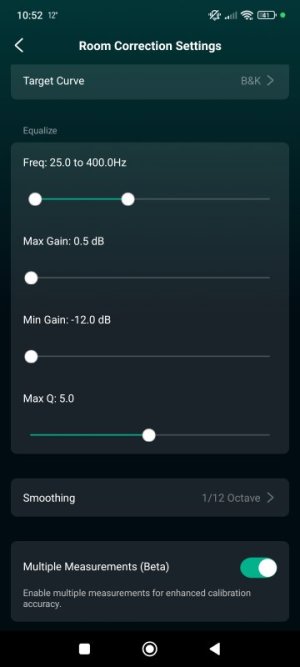This is due to the way your ears are perceiving reflected sound from the back wall, the ceiling, the floor, and the side walls. Distance from any of those walls has an effect on quantity as well as frequency of the reflected waves and how they interact with both your ears and each other, so depending on how you space the speakers from the back and side walls as well as do or don’t treat your ceiling and/or floors, you change the effect of reflected sounds, and this has direct impact on general imaging, including perception of soundstage width, height, and depth.
I’m no subject matter expert/professional, so I can’t speak to the precise technical details on what adjustments have what exactly what effect, but know for a fact that it does, and a dramatic one at that.
This is real acoustic science, not psychology or hoodoo voodoo.
-Ed
You are absolutely right that early reflections from surrounding surfaces have a significant impact on the sound perceived at the listening location.
Especially the side-wall reflections have a very significant influence on soundstage width, and how diffuse the phantom images will appear.
This is also why wide dispersion loudspeakers are liked by a lot of people. Having wide directivity loudspeakers away from side walls can help create a soundstage that horizontally goes beyond the loudspeakers, and IMHO helps with the feeling of envelopment with stereo content (which is in general not very rich with spatial cues).
This is because side-wall reflections of well-designed wide-directivity loudspeakers will have a spectrum reasonably similar to that of the direct sound, and will act almost like an additional lateral sound source that extends the soundstage width.
Other people want more focused phantom images so they opt for narrow directivity speakers and/or absorption of side-wall reflections (at the cost of soundstage width and a smaller sweet spot).
It seems to be a personal preference decision between two different soundstage presentations.
On the other hand, typical front-firing loudspeakers don't radiate much energy to the back at higher frequencies (
one example here), so the reflection from the wall behind will be strongest in low frequencies and therefore cause the strongest interference with the direct sound (SBIR) in the bass range - usually below 300-500Hz or so, depending on the loudspeaker directivity and distance from the wall. I've covered this
in detail in this post.
These interreference (SBIR) effects from the wall behind the loudspeaker are definitely audible but I personally mainly hear them as tonality shifts, and haven't really found them that detrimental to soundstage (at least with typical box speakers). That of course doesn't mean that it is impossible for SBIR to impact soundstage perception, just that I personally don't know of any formal research that demonstrated such a connection.
However the SBIR nulls in the >200Hz range (loudspeaker near the wall behind) are simply less deep and less severe than SBIR nulls in the <150Hz range (front of loudspeaker more than 0,6m from the wall behind it), so they are also less audibly offending.
Still, while any kind of audible interference is not ideal, we need to take into account that better alternatives come at the cost of more inconvenience. I've covered those alternatives
in detail in the same post linked above.



